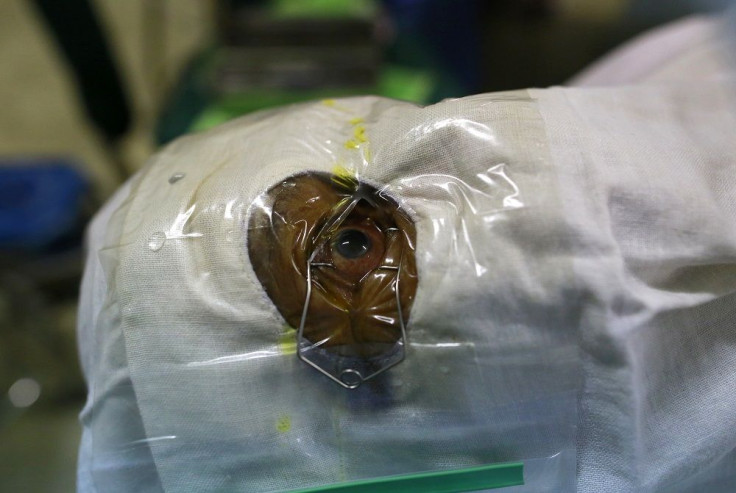Minnesota Man Sees Again After 10 Years Due To ‘Bionic Eyes’

In the 1980s, a syndicated American TV show titled “The $6 Million Dollar Man,” starring Lee Majors as Steve Austin, became a big hit by capitalising on the character he played, an astronaut, having a lot of powers.
The power came from implant of artificial body parts such as the eye, arms and legs as a result of an accident. The term used for these strong body implants was “bionic.”
More than 30 years after the hit TV series, the “bionic eye” became a medical reality from a sci-fi TV series when 68-year-old Allen Zderad from Minnesota got back his vision after 10 years.
Zderad suffered from retinitis pigmentosa, a degenerative eye disease that caused deterioration of the part of the retina which turns light into vision. Persons with this ailment ultimately become blind, reports CBS.
In February 2013, the U.S. Food and Drugs Administration approved the Second Sight Argus II for people suffering from rare, degenerative eye diseases. One of the first to be implanted the device at Duke Medicine in October 2013 was 66-year-old Larry Hester.
The device, a tiny wafer-like chip, was implanted by Dr Raymond Iezzi at the Mayo Clinic on Zderad’s right eye. According to Iezzi, the “bionic eye” does not completely restore vision, rather it allows people with the ailment to see light, and with the use of specially equipped glasses, see contours and silhouettes of people and objects.
With the device, Zderad finally saw his wife Carmen again after a decade. Zderad came to know of the technology through a grandson who had the same ailment but still in its early stages and was treated at Mayo Clinic, reports Myfoxphilly.com.
Patrick Finnerty of Second Sight Medical Products, who helped develop the device, said it provides a pixilated type of vision. He explains, “The patient essentially has to try to determine what those flashes of light mean, and in any cases, it can help them determine where a window is, light coming in through the window or where a doorway is, essentially help them navigate the world around them.”
To contact the writer, email: v.hernandez@ibtimes.com.au





















